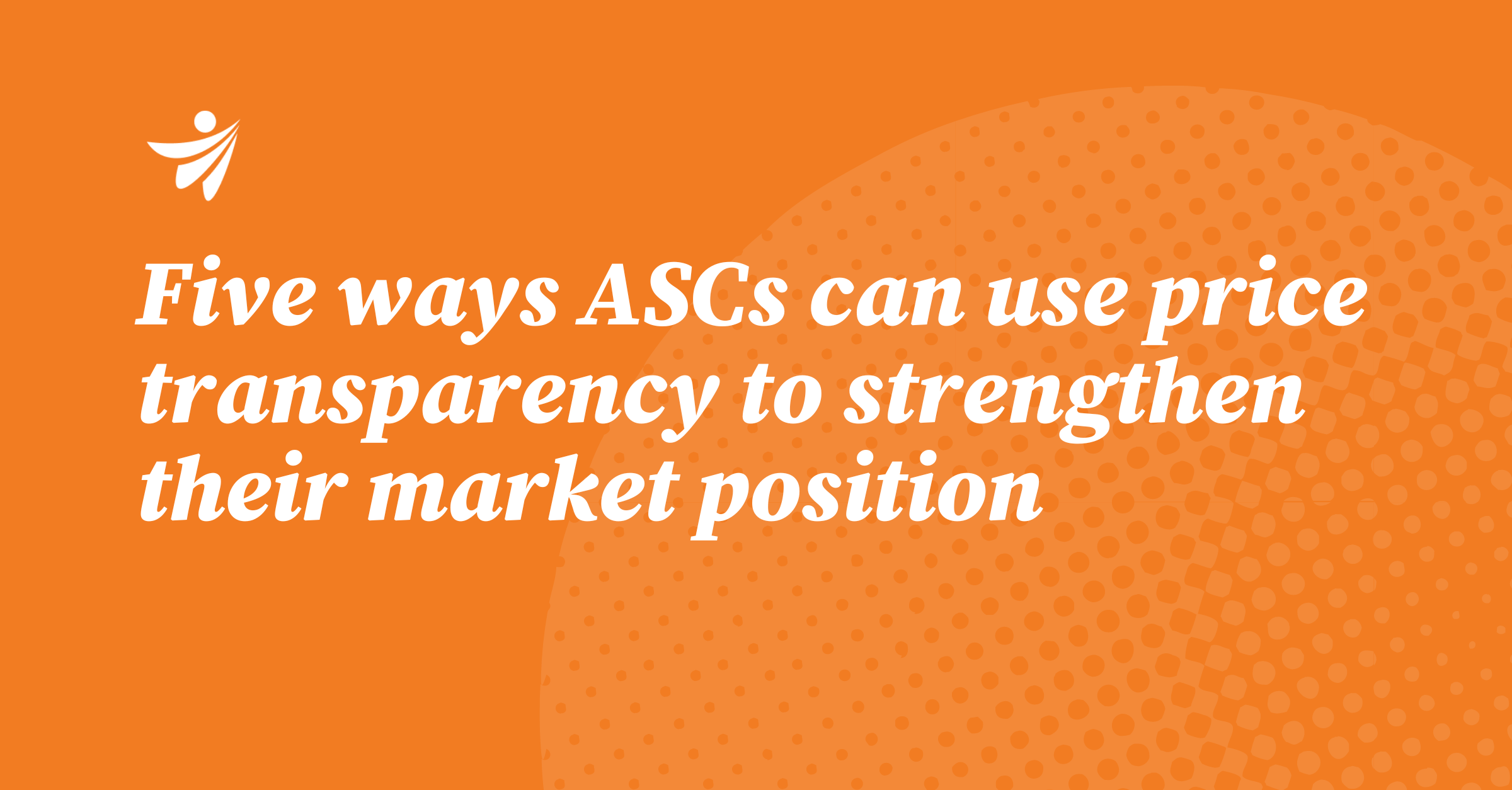
Price Transparency
Apr 18, 2024
Price Transparency | March 20, 2023
Healthcare price transparency has gained significant attention in recent years, with the Centers for Medicare and Medicaid Services (CMS) issuing regulations requiring hospitals to publicly post their standard charges for services. The goal of these initiatives is to give patients the information they need to make more informed decisions about their care and to encourage competition among providers, ultimately driving down costs. But can transparency mandates extend beyond the hospital setting to improve medication adherence in patients? According to several studies and industry experts, the answer is yes. One potential benefit of medication cost transparency is that it can lead to more cost-conscious prescribing by providers. Real-time prescription benefit (RTPB) tools are new electronic clinical decision support tools that retrieve patient- and medication-specific out-of-pocket cost information and display it to clinicians at the point of prescribing. A study referenced by the American Medical Association found that when doctors were given real-time cost information at the point of prescribing, they were more likely to choose lower-cost medications for their patients. Similarly, a report from Veradigm highlights the impact of a transparency tool called “e-prescribing with decision support,” which provides prescribers with cost information on medications at the point of care. The report found that use of the tool resulted in a 9.2% reduction in overall medication costs and a 15.3% reduction in the number of high-cost medications prescribed. Medication cost transparency can help patients make more informed decisions about their care. According to a 2020 report by the IQVIA Institute for Human Data Science, prescription abandonment rates are less than 5% when the prescription carries no out-of-pocket expense, but jump to 45% when the cost is over $125 and to 60% when the cost is more than $500. Additionally, a report from Greenway Health, found that cost transparency can lead to improved provider-patient relationships and trust, as it allows patients to feel more involved in their own care and empowers them to ask questions and advocate for their health. Price transparency can also address the issue of “cost-related medication nonadherence,” which occurs when patients cannot afford to fill their prescriptions or choose not to due to high out-of-pocket costs. A study published in the American Journal of Managed Care found that cost transparency interventions resulted in a 30% reduction in cost-related medication nonadherence. Transparency can also encourage the use of generic medications, which can lead to lower out-of-pocket costs for patients. A study published in Health Affairs found that providing patients with cost information about their medications resulted in a 9.4% increase in the use of generic medications. This can be especially beneficial for patients with chronic conditions who may be taking multiple medications and facing high out-of-pocket costs. Ultimately, the goal of transparency initiatives is to improve patient outcomes. A study published in the Journal of Managed Care & Specialty Pharmacy found that increased transparency led to a reduction in hospitalizations and emergency department visits, likely due to improved medication adherence. Despite the potential benefits of medication cost transparency, there are those who are skeptical of its impact on the patient experience. Some industry experts argue that transparency tools may not necessarily lead to lower overall healthcare costs and that the focus should instead be on targeting existing medications rather than adding new transparency measures. Available evidence suggests that medication cost transparency has the potential to improve medication adherence in patients. By providing patients with cost information and empowering them to make more informed decisions about their care, transparency can lead to improved provider-patient relationships, increased use of generic medications, and reduced cost-related medication nonadherence. Additionally, transparency initiatives can lead to more cost-conscious prescribing by providers and improved patient outcomes. While there is skepticism among some industry experts about the impact of transparency on overall healthcare costs, the potential benefits for patients make it worth considering as a means to improve medication adherence.Medication cost transparency as a means for more cost-conscious prescribing
Improved medication adherence through patient education
Improved cost-related medication nonadherence
Increased use of generics and lower out-of-pocket costs
Improved patient outcomes
Skepticism of industry impact on patient experience